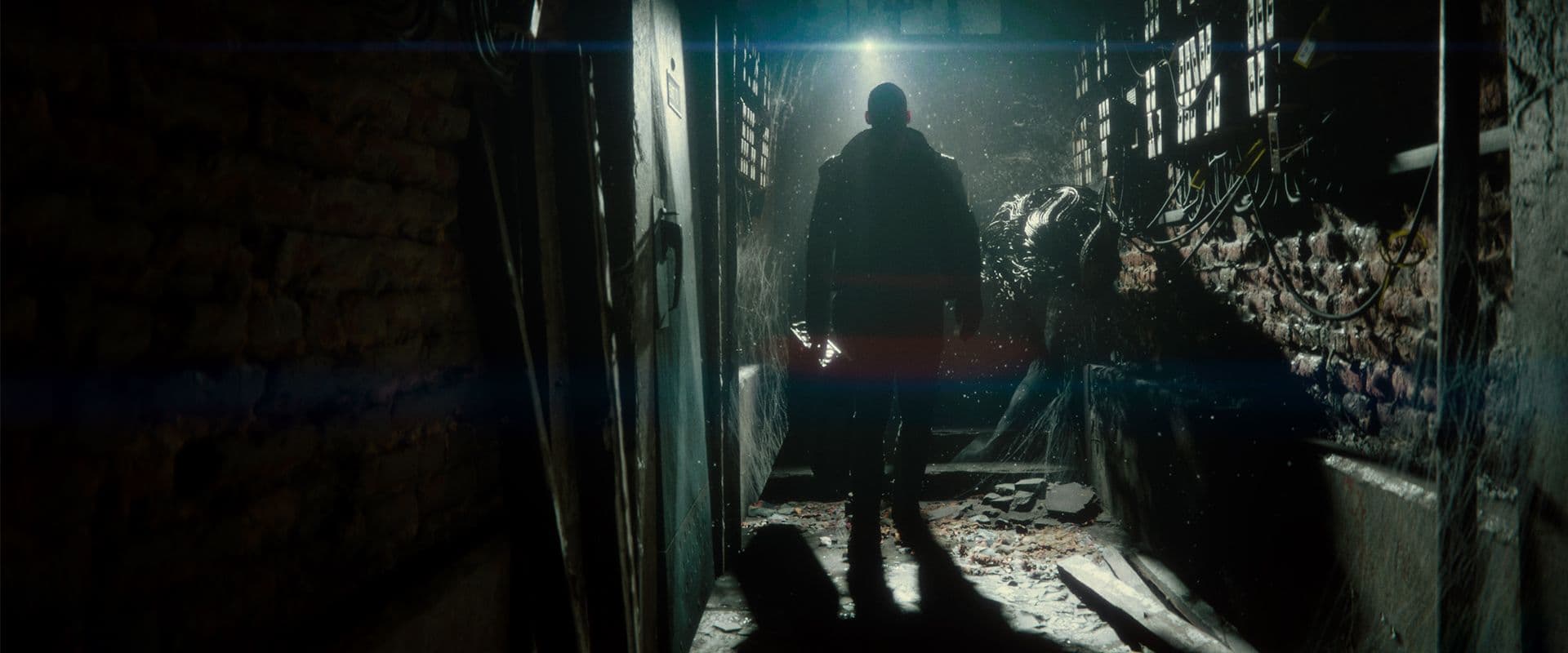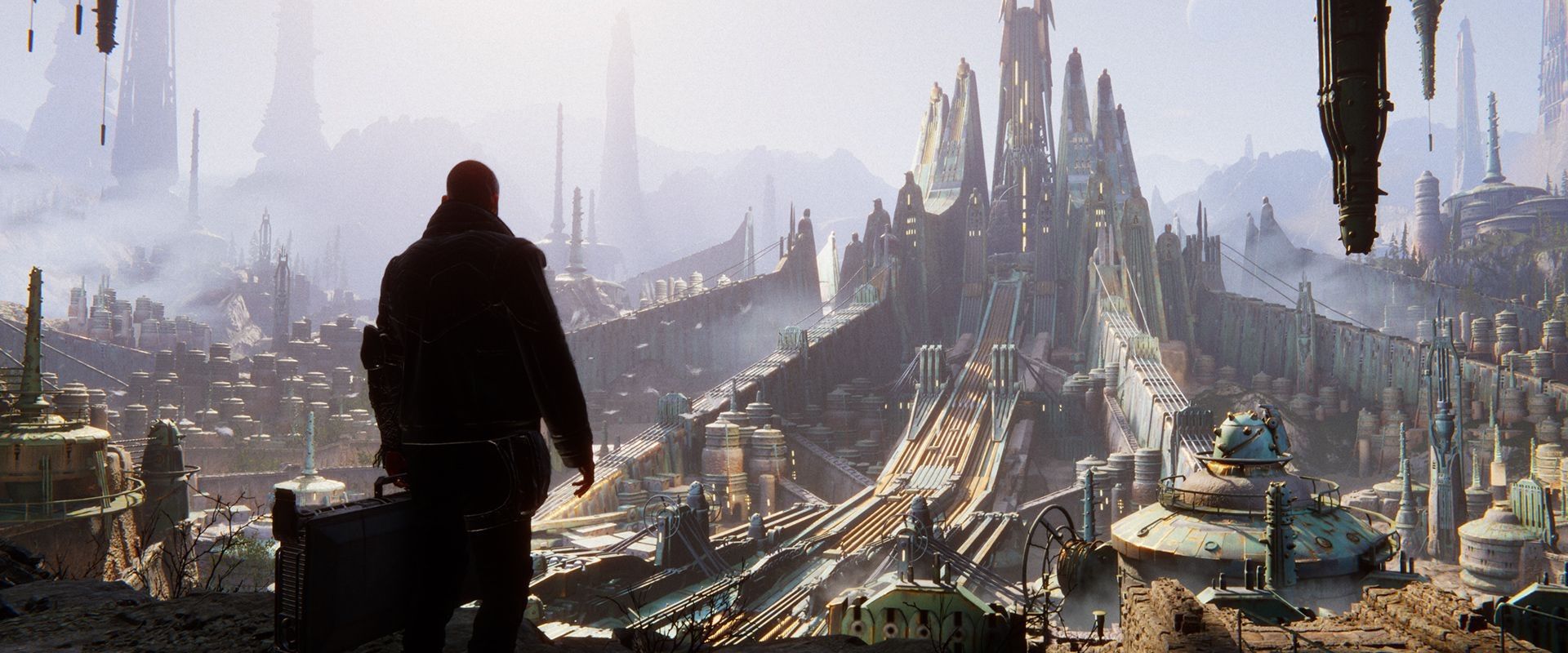
Discover some of the most-notable artist and designer tools in 2019.2. For full details, check out the release notes.

ProBuilder 4.0 is our unique hybrid of 3D modeling and level design tools. It’s optimized for building simple geometry, but it’s also capable of detailed editing and UV unwrapping. You can use ProBuilder to quickly prototype structures, complex terrain features, vehicles and weapons, or to make custom collision geometry, trigger zones, or NavMeshes.
The 4.0 release includes several improvements and fixes such as a new public runtime API, and the ability to resize the UV settings window and add experimental preselection highlight for vertices and faces. You can find the complete list of updates in the release notes.
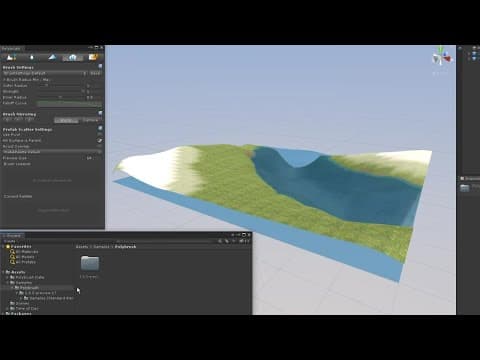
You can now sculpt complex shapes from any 3D model, position detail meshes, paint in custom lighting or coloring, and blend textures across meshes directly in the Editor. Compatible with Unity since 2018.1, Polybrush 1.0.0 is now available via the Package Manager. This version includes a Mesh and Prefab scattering mode.
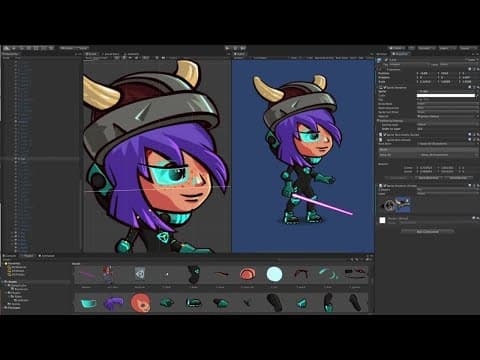
We have enhanced the 2D Animation workflow. You can now swap Sprites or completely customize characters while conserving the animation and rigging.
In the Sprite Editor you can set categories and labels for your character’s parts included in the Photoshop (.psd) file that would need swapping.
You can swap those Sprites during the animation process, making it easier to select the desired Sprite with the Sprite Resolver component. For example, you can select different hand gestures or eyes open/closed in the Inspector window.
Additionally, you can create Sprite Libraries containing Sprites designed to replace original Sprites of the same category. For example, you can create a SpriteLib with many different hats for your character; when you load your new SpriteLib Asset into the component, a new batch of hats will be available for you to customize.
If you want to fully reskin your character with the same rigging, animation and IK configuration, you can create a SpriteLib that contains replacements for all the parts of your original character.
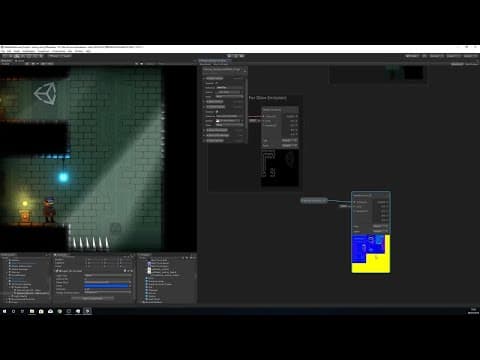
Along with the new 2D Renderer in the Lightweight Render Pipeline (LWRP), you now have two MasterNodes in Shader Graph to create 2D Shaders for the materials used by 2D Sprites in LWRP: Sprite Lit and Sprite Unlit. With Shader Graph you can create 2D shaders and enhance your 2D project visually.
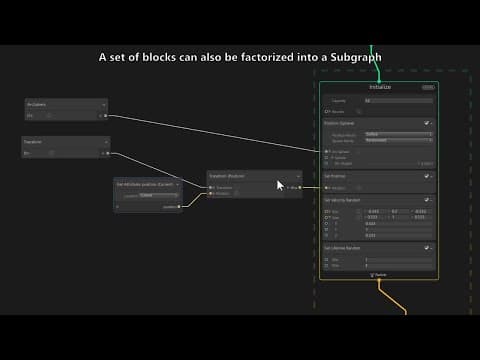
We made several improvements to our VFX Graph by adding subgraphs, improving integration with HDRP, and adding new rendering features.
Improvements to Shader Graph include new Color Modes, which let you change which colors get displayed in your graphs. As well, the new Precision Mode lets you set nodes to use less GPU memory, which helps increase performance on different platforms.
For more information, see the 2019.2: Graphics page.
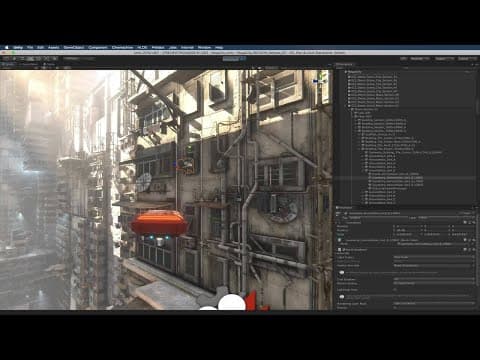
We’ve added DSPGraph as part of the C# Job System. Shipped as experimental in 2019.1, it’s now available as a Preview package. You can use it with the Burst Compiler and it’s completely extensible in C#, enabling audio programmers and audio system developers to build their own custom audio system.
DSPGraph is the foundation of the upcoming Data-Oriented Technology Stack (DOTS) audio system (among others). You can see and hear it in action in the Megacity project released at GDC 2019, where it powers 100,000 uniquely scattered 3D/spatial sound emitters, including neon signs, air-conditioning fans, and cars, producing a rich, realistic soundscape.
If you’ve been exploring DSPGraph in the context of our Megacity project, consider joining the DOTS audio discussion forum. It’s the perfect place to ask questions or share your audio needs with us.
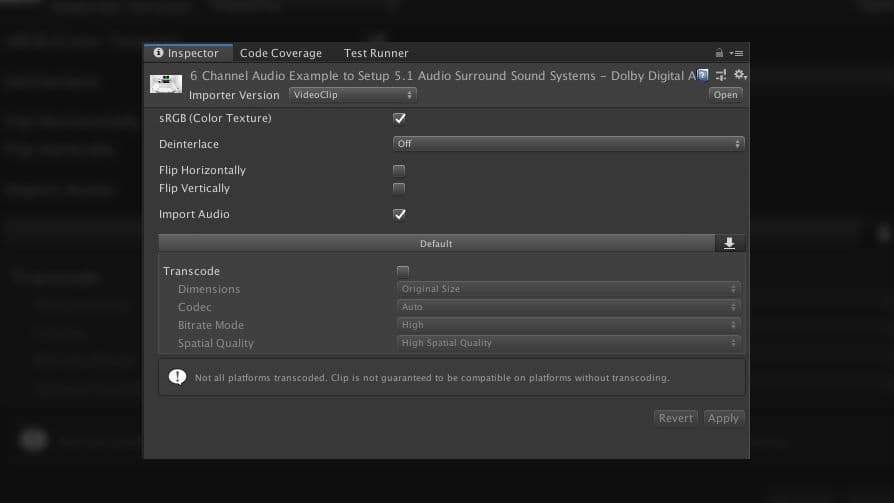
Most movies store color data in sRGB color space and we have now added an option allowing you to control that. When you enable the sRGB option, the VideoClip importer imports the clip while retaining the color as sRGB. Note that this is applicable only when the project color space is set to Linear; it behaves the same as the sRGB setting in the Texture importer.
